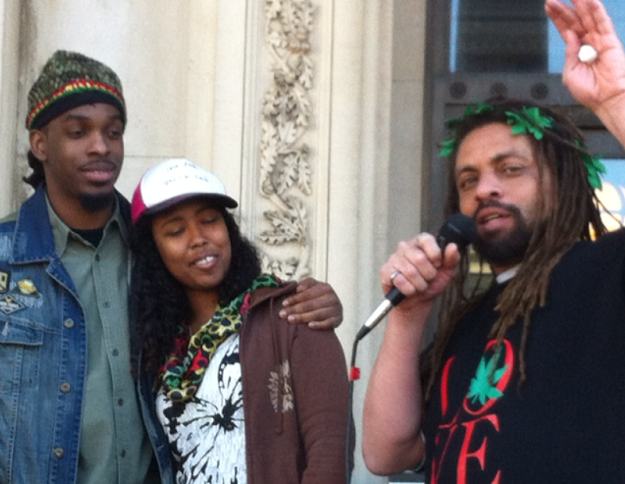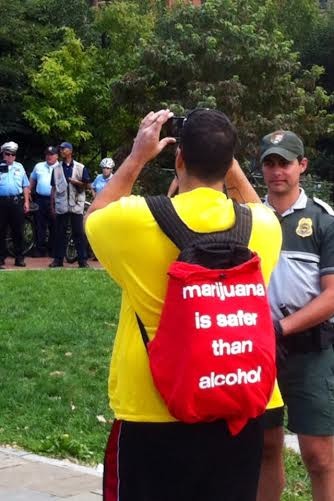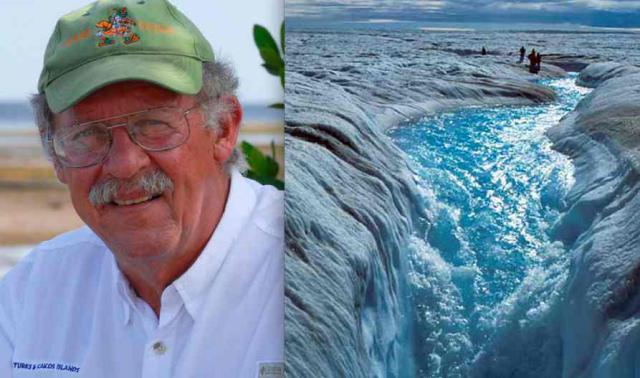One thing that the FBI does really well is exonerate itself. As I wrote earlier, the bureau’s agents have shot 151 people over the course of the last two decades, killing more than half of them, yet in its own internal reviews, the FBI has exonerated those agents all 151 times — a perfect record of blamelessness that even some of the country’s most gun-happy police departments (even in Albuquerque, NM) can’t claim.
Now another internal review, not by the FBI but by the Office of Intelligence Committee, an obscure unit which supposedly internally “oversees” the work of 17 intelligence agencies including the FBI, has smiled on the FBI’s seemingly lackadaisical investigation of Boston Marathon bomber suspect Tamerlan Tsarnaev, saying that its Boston office agents did an okay job in checking him out after Russian intelligence warned the US back in 2011 that he had linked up with Islamic militants while on a visit to his family in Dagestan.
The New York Times, in a report on the inspector’s findings, quotes an unidentified “senior American official” as saying that the OIC investigation “found that the Russians did not provide all the information that they had on him back then, and that based on everything that was available at the time, the FBI did all that it could.”
What that “everything” included was interviewing the elder Tsarnaev brother (now dead, killed in a hail of police bullets during a night-time chase following the Boston bombing last April), as well as his parents and friends at school. After that brief flurry of interviews, the bureau allegedly lost interest in Tsarnaev, concluding that he was more of a threat to Russia than to the US—an interesting turn of phrase that should suggest something else might have been afoot.
And indeed, there is something missing from that report that is troubling: namely news that the FBI also reportedly sought to enlist Tamerlan Tsarnaev as an informant during its 2011-12 investigation of his activities. If attorneys for Tamerlan’s younger brother Dzhokhar are correct, the FBI, after contacting and questioning the older brother, then at least attempted to pressure him to work for them by spying on the local Chechen community in Boston. It stands to reason they may have also been interested in having him work for the US against Russia, given the US’s long record of support for rebels in former Soviet republics like Chechnya and Dagestan who have been seeking to break away from Russia. Tsarnaev would have been vulnerable to such pressure, as he had been attempting to gain US citizenship, and because had certain assets that the FBI (and the CIA) wanted: knowledge of people in Dagestan and also fluency in Chechen and Russian (a Tsarnaev uncle, Ruslan Tsarni, was already reportedly working for the CIA, even for a time living in the home of, and married to the daughter of a ranking CIA official).
 Many questions remain unanswered about Tamerlan Tsarnaev, his CIA-linked uncle Ruslan Tsarni, and the FBI slaying of his friend Ibragim Todashev
Many questions remain unanswered about Tamerlan Tsarnaev, his CIA-linked uncle Ruslan Tsarni, and the FBI slaying of his friend Ibragim Todashev
 Jawara McIntosh, Makeda Marley and Ed ‘NJ Weedman’ Forchion, at a 4/20 marijuana legalization protest in Trenton, NJ (photo by Washington)
Jawara McIntosh, Makeda Marley and Ed ‘NJ Weedman’ Forchion, at a 4/20 marijuana legalization protest in Trenton, NJ (photo by Washington)







